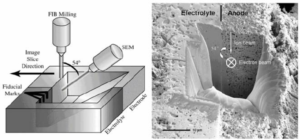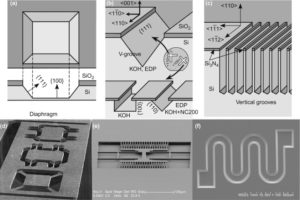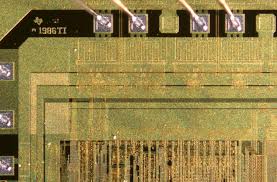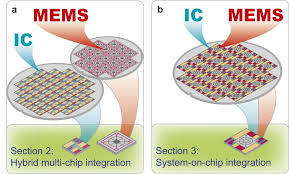Unlock Microcontroller ATMEGA128A Code
Unlock Microcontroller ATMEGA128A Code from its memory which include the flash and eeprom, then copy the firmware out in the format of heximal, the whole is going to involve microcontroller reverse engineering;
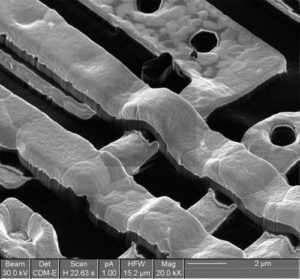
Unlock Microcontroller ATMEGA128A Code from its memory which include the flash and eeprom, then copy the firmware out in the format of heximal, the whole is going to involve microcontroller reverse engineering
The Register File is optimized for the AVR Enhanced RISC instruction set. In order to achieve the required performance and flexibility, the following input/output schemes are supported by the Register File:
One 8-bit output operand and one 8-bit result input
Two 8-bit output operands and one 8-bit result input
Two 8-bit output operands and one 16-bit result input
One 16-bit output operand and one 16-bit result input
Most of the instructions operating on the Register File have direct access to all registers, and most of them are single cycle instructions if extract mcu pic16f74a binary.
As shown in Figure 5, each register is also assigned a data memory address, mapping them directly into the first 32 locations of the user Data Space. Although not being physically implemented as SRAM locations, this memory organization provides great flexibility in access of the registers, as the X-, Y- and Z-pointer registers can be set to index any register in the file.
The registers R26..R31 have some added functions to their general purpose usage. These registers are 16-bit address pointers for indirect addressing of the data space.
The three indirect address registers X, Y, and Z are defined as described in Figure 6. In the different addressing modes these address registers have functions as fixed displacement, automatic increment, and automatic decrement (see the instruction set reference for details) when extract microcontroller pic16c710 code.
The Stack is mainly used for storing temporary data, for storing local variables and for storing return addresses after interrupts and subroutine calls. The Stack Pointer Register always points to the top of the Stack. Note that the Stack is implemented as growing from higher memory locations to lower memory locations.
This implies that a Stack PUSH command decreases the Stack Pointer. The Stack Pointer points to the data SRAM Stack area where the Subroutine and Interrupt Stacks are located. This Stack space in the data SRAM must be defined by the program before any subroutine calls are executed or interrupts are enabled before read ic pic16c711 program.
The Stack Pointer must be set to point above 0x0200. The initial value of the stack pointer is the last address of the internal SRAM. The Stack Pointer is decremented by one when data is pushed onto the Stack with the PUSH instruction, and it is decremented by three when the return address is pushed onto the Stack with subroutine call or interrupt.
The Stack Pointer is incremented by one when data is popped from the Stack with the POP instruction, and it is incremented by three when data is popped from the Stack with return from subroutine RET or return from interrupt RETI.
Tags: unlock microcontroller archive,unlock microcontroller bin,unlock microcontroller code,unlock microcontroller content,unlock microcontroller data,unlock microcontroller eeprom,unlock microcontroller file,unlock microcontroller firmware,unlock microcontroller hex,unlock microcontroller memory,unlock microcontroller program


